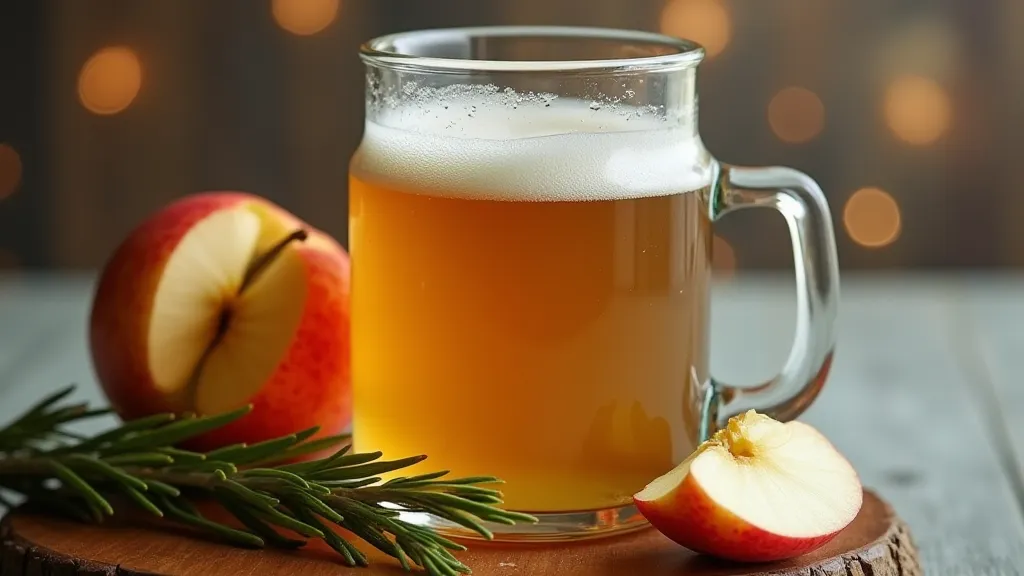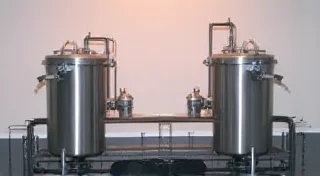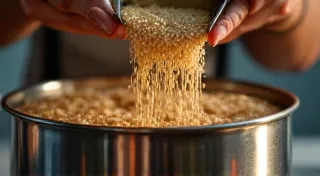Brewing Cider: From Apples to Delicious Beverage
Cider making, or hard cider brewing, is a rewarding branch of home brewing, often simpler than beer, yet offering a delicious and unique beverage. This guide will walk you through the process, from selecting your apples to bottling your finished cider. Whether you're a seasoned brewer or just starting out, you can successfully craft your own exceptional cider. It’s a process that shares some fundamentals with other forms of fermentation, so if you’re familiar with, for example, making beer at home, you’ll find a lot of concepts familiar.
Choosing Your Apples
The apple variety is arguably the most critical factor in cider quality. Unlike beer, which relies heavily on malt for flavor, cider's character is almost entirely derived from the apples. While you *can* blend different varieties, understanding their individual characteristics is key.
- Sweet Apples: (e.g., Golden Delicious, Gala, Fuji) These contribute to a sweeter cider, requiring less sugar addition.
- Tart Apples: (e.g., Granny Smith, McIntosh) These add acidity and complexity, balancing the sweetness.
- Bittersweet/Sharp Apples: (e.g., Crab Apples, Roxbury Russet) These offer tannin and a more complex, often dry, cider flavor.
- Blending: The best ciders often result from a blend of sweet, tart, and bittersweet apples to create a balanced flavor profile. Experimentation is encouraged!
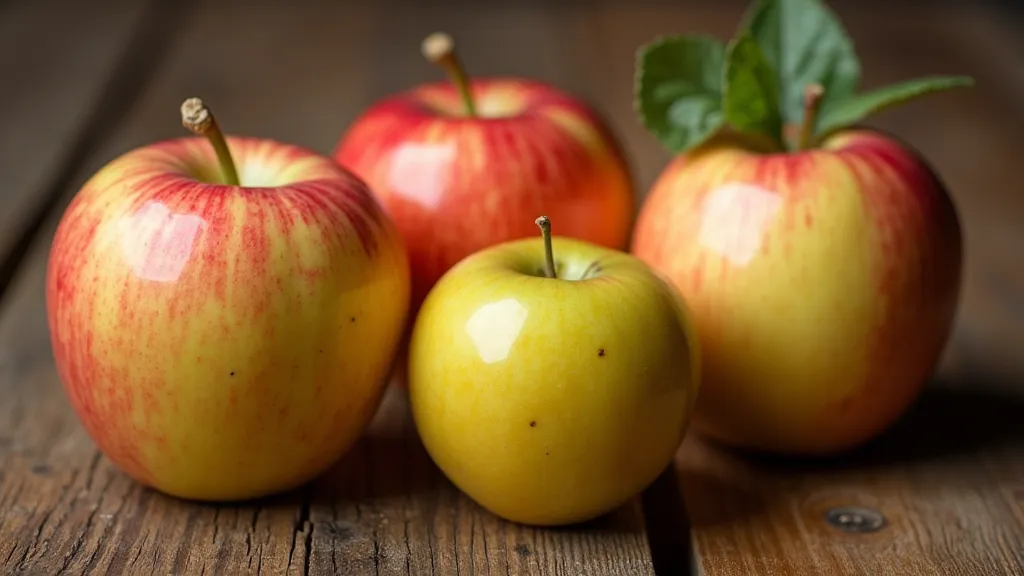
The Brewing Process: A Step-by-Step Guide
1. Apple Preparation
Washing the apples is the first step. Then, you'll need to chop or grind them. A fruit press is ideal, but a food processor or even a blender (followed by straining) can work. The goal is to break down the apples to release their juice. Proper sanitation is vital here, just as it is in all fermentation processes. Ensuring your equipment is clean prevents unwanted bacteria from impacting the final product – a lesson all brewers learn, whether you've tried cleaning and sanitizing brewing equipment or are diving straight into cider.
2. Juice Collection and Fermentation
Once the apples are broken down, collect the juice. Allow the juice to settle for 24-48 hours, then carefully siphon it off, leaving any sediment behind. This helps to ensure a cleaner-tasting cider. This waiting period is crucial as it helps to clarify the juice, reducing the likelihood of off-flavors later on. Consider how the clarity of your cider impacts taste, similar to how the final product of making mead benefits from a clear and bright appearance.
3. Adding Yeast
Cider yeast is readily available online and at homebrew supply stores. Alternatively, you can use ale yeast, though the flavor profile will be slightly different. Follow the yeast package instructions for rehydration and pitching. Ensure you sanitize *everything* to avoid unwanted fermentation. Choosing the right yeast is paramount. Different yeast strains impart distinct flavors and aromas, just as choosing the right yeast impacts the character of other fermented beverages.
4. Fermentation and Monitoring
Fermentation typically takes 2-4 weeks, depending on temperature and yeast strain. Maintain a consistent temperature (ideally around 65-75°F/18-24°C). Use a hydrometer to monitor the specific gravity and track fermentation progress. An air lock is essential! Understanding how temperature influences fermentation is key; uncontrolled temperatures can lead to unwanted flavors and aromas, similar to what is expected during the fermentation phase of many beverages.
5. Stabilization and Clarification
Once fermentation is complete, consider adding potassium sorbate and potassium metabisulfite to stabilize the cider and prevent re-fermentation. This helps to ensure your cider remains clear and doesn't unexpectedly carbonate in the bottle. This step is particularly important for ensuring a consistent product and preventing bottle bombs, a common issue for home brewers. Ensuring complete fermentation and proper stabilization avoids unpleasant surprises during the bottling phase.
6. Bottling & Carbonation
If you want a carbonated cider, add a measured amount of priming sugar to the cider before bottling. This small amount of sugar will be consumed by the remaining yeast, creating carbon dioxide. Allow the bottles to condition at room temperature for 1-2 weeks before refrigerating. This will help the cider to settle and the CO2 to dissolve properly. If you do not like carbonation, you can skip this step. Proper measurement of this sugar is essential to avoiding unexpected carbonation. Too little results in flat cider, while too much leads to dangerous "bottle bombs," a common problem for novice brewers.
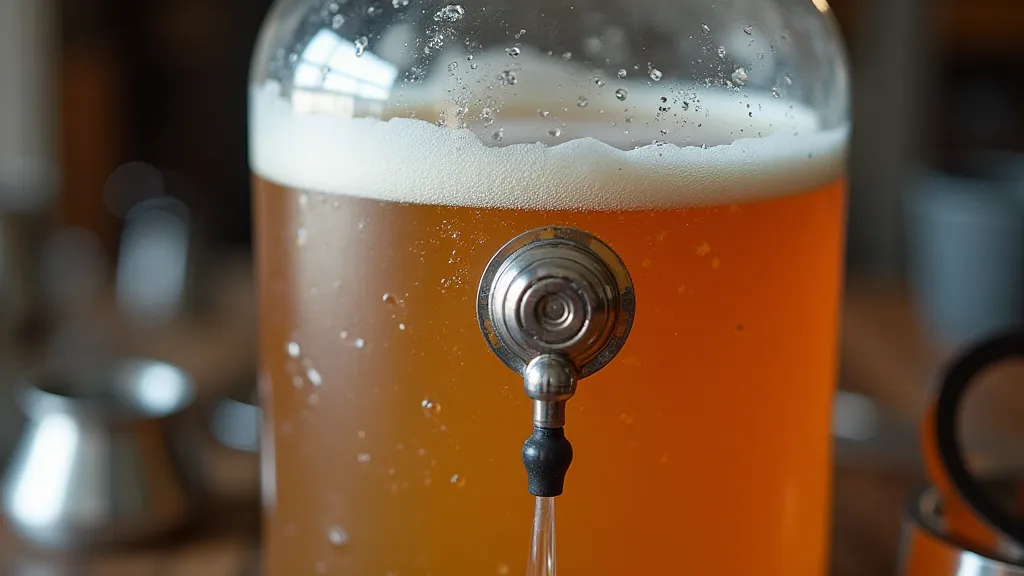
Troubleshooting Common Cider Brewing Issues
- Cider is too sweet: Add more yeast or add pectic enzyme during the juice extraction to reduce pectin. This is often related to the initial ratio of sugars to acids in the apple blend.
- Cider is too acidic: Blend with sweeter apple varieties next time. Balancing acidity is an art, requiring a nuanced understanding of apple varieties.
- Cider is cloudy: This can be due to pectin or yeast. Cold crashing (refrigerating the cider) can help clarify it. A hazy cider isn’t necessarily bad, but it often indicates a lack of proper clarification techniques.
- Bottle bombs: Too much priming sugar! Accurately measure the sugar for future batches. This is a safety concern – over-carbonation can lead to exploding bottles!
- Off-flavors: These can be caused by a variety of factors, including wild yeasts, bacterial contamination, or improper fermentation temperatures. Thorough sanitation and precise temperature control are crucial.
Expanding on Apple Variety Selection: While the basic sweet, tart, and bittersweet categories are helpful, the world of apples is vast. Consider heirloom varieties like Dabinett (known for its tannins) or Kingston Black (renowned for its complex flavor). Researching specific apple characteristics can elevate your cider to a new level of sophistication.
Understanding Tannins: Tannins contribute to the mouthfeel and complexity of cider, imparting a slightly bitter and astringent quality. Bittersweet apples are rich in tannins, while sweeter varieties tend to have lower tannin levels. Balancing tannins with sweetness and acidity is key to creating a harmonious cider.
The Role of Pectic Enzyme: Pectic enzyme helps break down pectin, a substance found in apple cell walls. Reducing pectin levels improves juice clarity and reduces haze in the finished cider. While not always necessary, it’s a useful tool for achieving optimal results.
Experimentation is Key: Don’t be afraid to experiment with different apple blends, yeast strains, and fermentation techniques. The best way to discover your own signature cider recipe is to try new things and learn from your experiences.
Final Thoughts
Brewing cider is a fantastic way to enjoy the bounty of the apple harvest. Don't be afraid to experiment with different apple varieties and techniques to discover your own signature cider recipe. Happy brewing!
